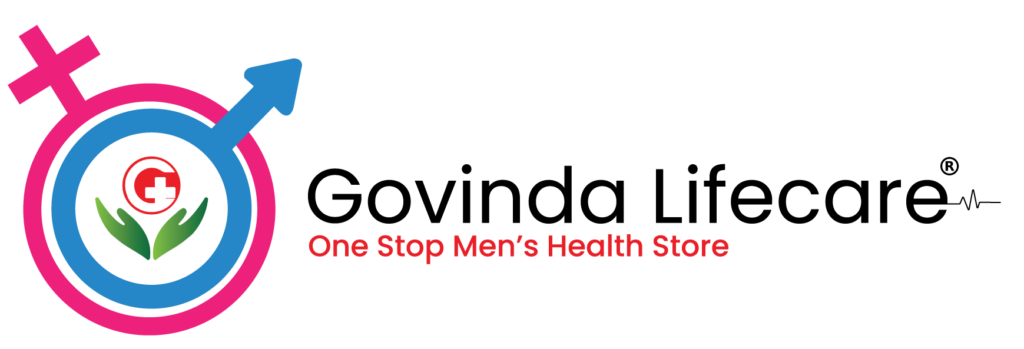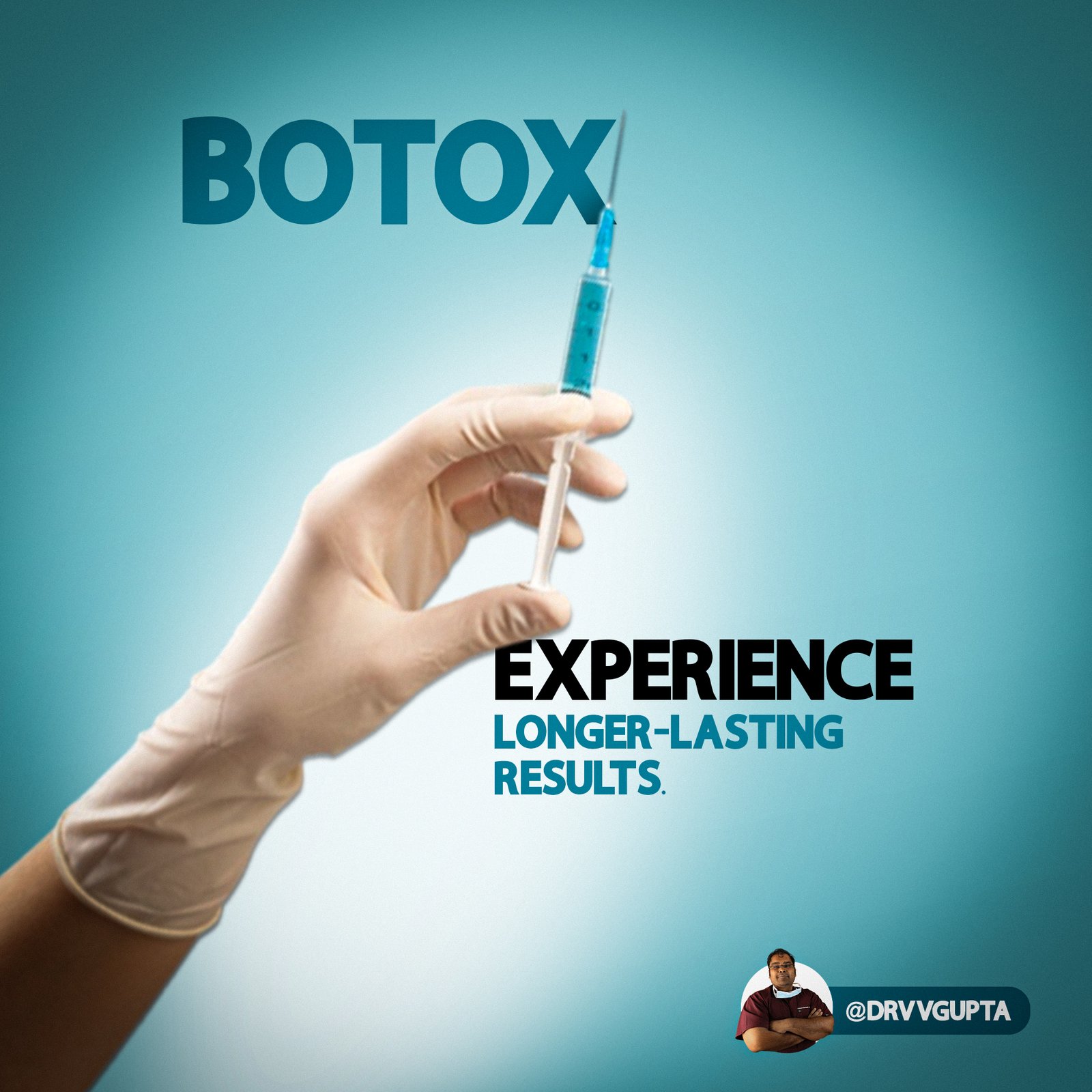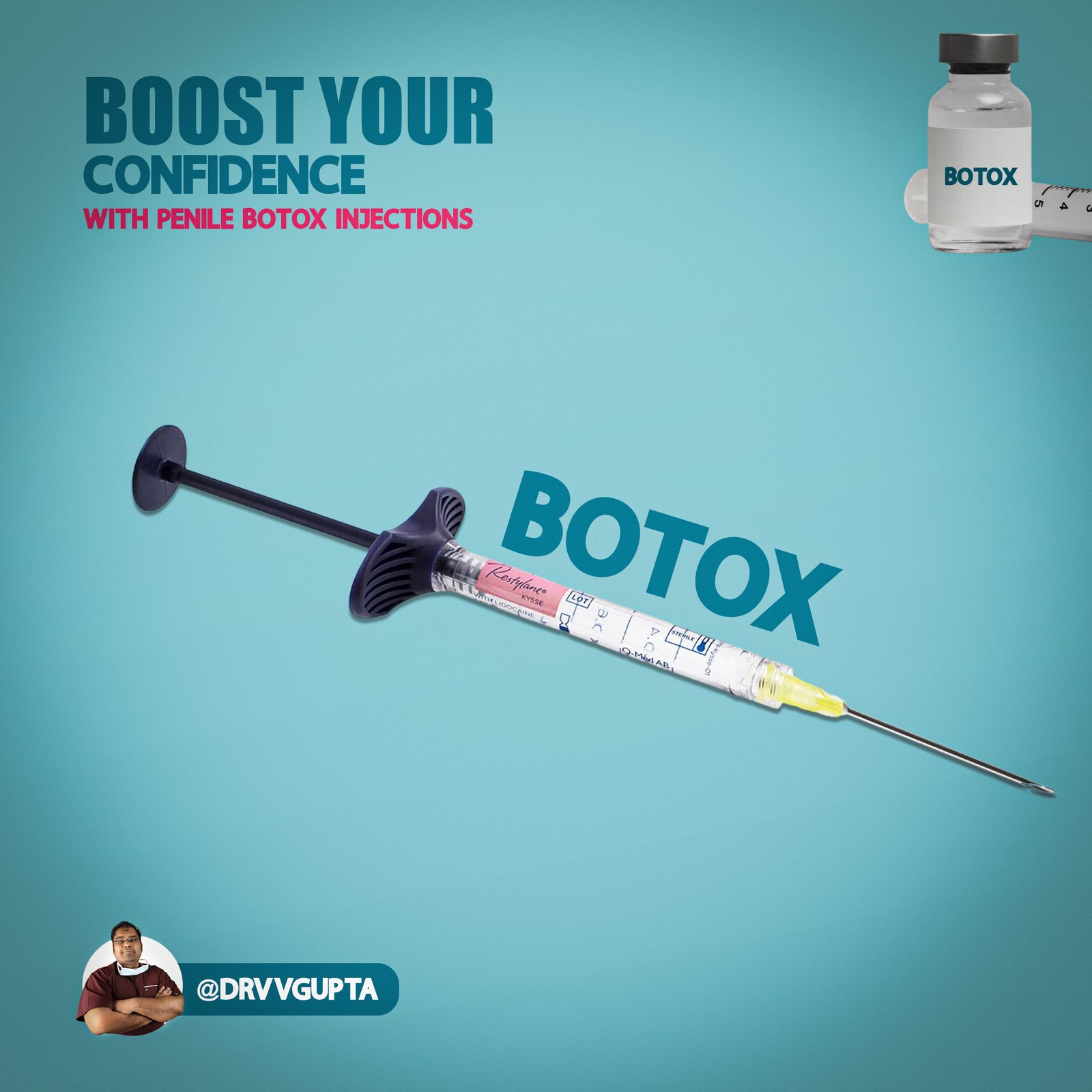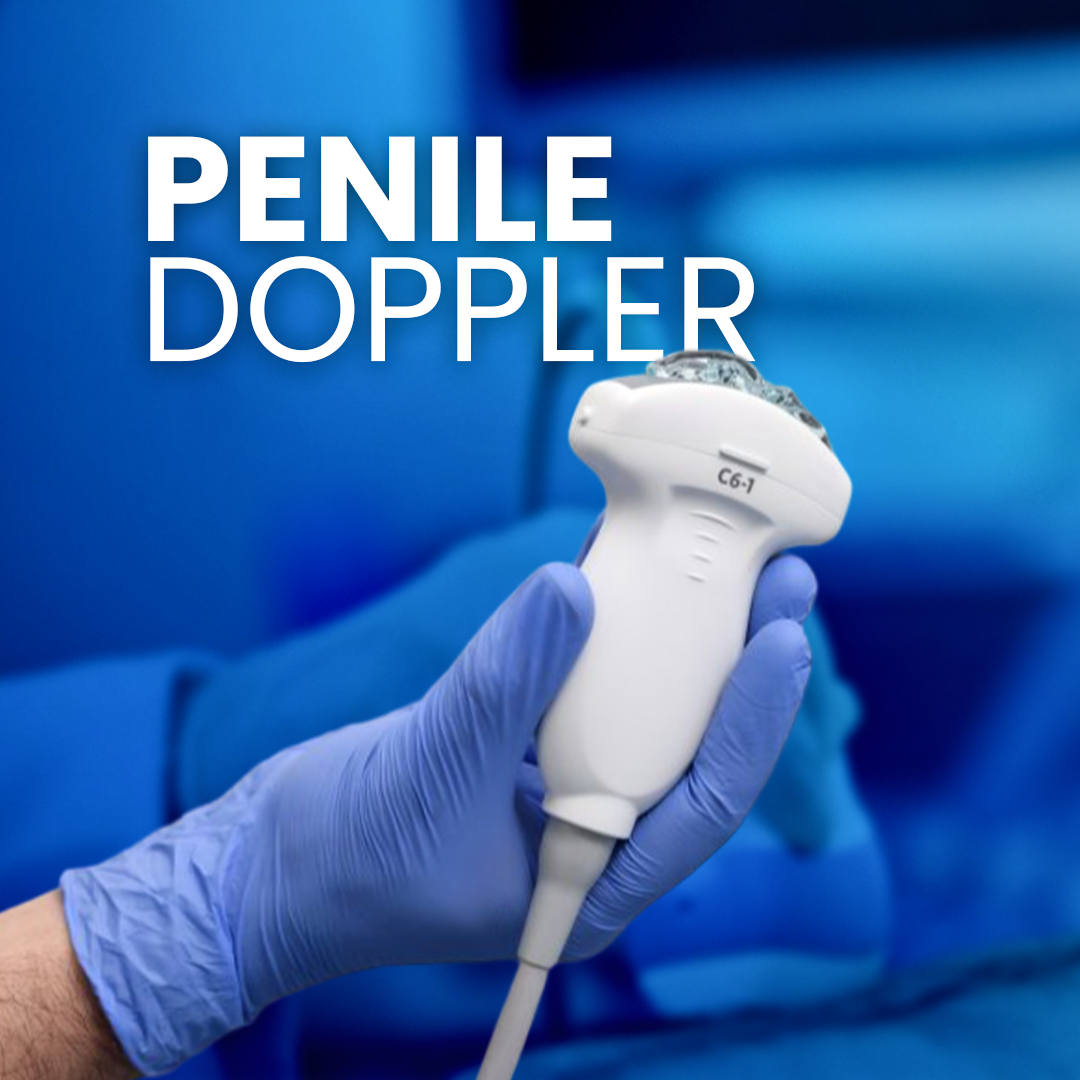


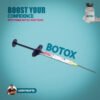
BotoX
(8132)
₹15,000.00
Discover the rejuvenating benefits of Botox® injections. This popular cosmetic treatment reduces the appearance of wrinkles and fine lines, providing a smoother, more youthful complexion.
Botox, a brand name for botulinum toxin, is a neurotoxic protein produced by the bacterium Clostridium botulinum. In small, diluted doses, Botox is widely used for both cosmetic and medical purposes. The most common use of Botox is for temporarily reducing the appearance of facial wrinkles, but it also has a variety of other therapeutic applications.
How Botox Works:
Botox works by blocking the release of acetylcholine, a neurotransmitter that signals muscles to contract. When injected into specific muscles, Botox temporarily paralyzes or weakens those muscles. This leads to a reduction in muscle activity and results in a smoothing of wrinkles and fine lines. The effects typically last for 3-6 months, after which the muscles gradually regain their function, and the treatment needs to be repeated.
Cosmetic Uses of Botox:
- Wrinkle Reduction:
Botox is most commonly known for its use in reducing the appearance of wrinkles, particularly:- Forehead lines: Horizontal lines that appear when raising the eyebrows.
- Crow’s feet: Wrinkles at the outer corners of the eyes, often formed from smiling or squinting.
- Frown lines: Vertical lines between the eyebrows, sometimes called “11 lines.”
- Bunny lines: Wrinkles that appear on the nose when smiling or scrunching it.
- Lip lines: Fine lines around the lips, often referred to as “smoker’s lines.”
- Facial Contouring:
Botox can also be used to adjust the shape of the face. For example:- Jawline contouring: Botox is injected into the masseter muscles (the jaw muscles) to reduce the appearance of a square or broad jaw, giving the face a more oval shape.
- Brow Lift: Botox can raise the eyebrows, creating a subtle lift and opening the eyes, giving a more youthful appearance.
- Sweat Reduction (Hyperhidrosis):
Botox is FDA-approved to treat excessive sweating (hyperhidrosis), particularly in areas like the underarms, hands, feet, and face. Botox blocks the signals from the nerves that trigger sweat glands, leading to reduced perspiration for several months.
Medical Uses of Botox:
In addition to its cosmetic uses, Botox has several medical applications:
- Chronic Migraine:
Botox is FDA-approved for the prevention of chronic migraines. It works by blocking the release of certain chemicals that trigger headache and pain pathways. It is typically used in patients who experience 15 or more migraine days per month. - Muscle Spasms:
Botox can treat a variety of conditions that involve muscle spasms, such as:- Cervical dystonia: A neurological disorder that causes the neck muscles to contract uncontrollably, leading to abnormal head positions and pain.
- Blepharospasm: Involuntary eyelid twitching or blinking.
- Spasticity: Botox can be used to treat spasticity in conditions like cerebral palsy, multiple sclerosis, and stroke, where muscles are stiff or have abnormal contractions.
- Overactive Bladder:
Botox can be injected into the bladder to treat overactive bladder, which causes frequent and urgent urination. It works by relaxing the bladder muscles and increasing its capacity, reducing urinary incontinence. - TMJ Disorders:
Botox can help alleviate the pain and discomfort caused by temporomandibular joint (TMJ) disorders. By relaxing the jaw muscles, Botox reduces jaw clenching, grinding, and associated headaches.
Procedure for Botox Injections:
- Consultation:
Before the procedure, you’ll have a consultation with a licensed healthcare provider or dermatologist to discuss your goals, assess your medical history, and determine the appropriate areas for Botox injections. - Injection:
During the procedure, Botox is injected directly into the targeted muscles using a fine needle. The injections are relatively quick (typically taking 10-15 minutes) and involve minimal discomfort. Most patients report only a mild pinching or stinging sensation. - Aftercare:
After the injections, you can resume most normal activities immediately. However, it’s recommended to avoid rubbing or massaging the treated areas, as this can cause the Botox to spread to unintended muscles. You should also avoid lying down for a few hours after the procedure and refrain from strenuous exercise for at least 24 hours.
Results and Duration:
- Cosmetic Results:
- You may start to see improvement within 3-5 days, with full effects visible in about 1-2 weeks.
- The effects typically last between 3-6 months, depending on the treatment area and individual response. Over time, repeated treatments may lead to longer-lasting effects.
- Medical Results:
- For conditions like migraines or muscle spasms, Botox can take up to a week or two to show noticeable improvement.
- The effects can last for 3-6 months, and repeat treatments are needed for ongoing symptom relief.
Benefits of Botox:
- Non-invasive: Botox is a minimally invasive treatment that requires no surgery or recovery time.
- Quick Procedure: Most Botox treatments take less than 30 minutes, making it convenient for those with busy schedules.
- Temporary Effects: If you don’t like the results or experience any side effects, the effects are temporary and wear off over time.
- Proven Safety: Botox has been used safely for both cosmetic and medical purposes for over 20 years.
- Minimal Downtime: With very little recovery time required, you can get back to your daily routine almost immediately.
Risks and Side Effects:
While Botox is generally considered safe when performed by a trained professional, there are some potential risks and side effects:
- Bruising: Small bruises can occur at the injection site.
- Headache: Some people experience headaches following treatment, which is usually temporary.
- Drooping Eyelids or Brows: In rare cases, Botox can cause temporary drooping of the eyelid or eyebrow, which usually resolves within a few weeks.
- Pain or Discomfort: Mild swelling, redness, or tenderness may occur at the injection site.
- Asymmetry: Sometimes, results may appear uneven, requiring a touch-up treatment.
- Allergic Reactions: While rare, some individuals may experience allergic reactions to Botox, including itching, rash, or difficulty breathing.
Conclusion:
Botox is a versatile and effective treatment for a variety of cosmetic and medical concerns. It’s widely used to reduce wrinkles, improve facial contours, and treat conditions like chronic migraines, muscle spasms, and excessive sweating. While Botox is generally safe, it’s essential to consult with a qualified and experienced provider to ensure that you are a suitable candidate for treatment and to achieve the best possible results.
Our Best Selling Services
Explore our best-selling products, carefully curated for top performance and customer satisfaction. From innovative solutions to reliable essentials, these items are proven favorites that deliver value and quality
